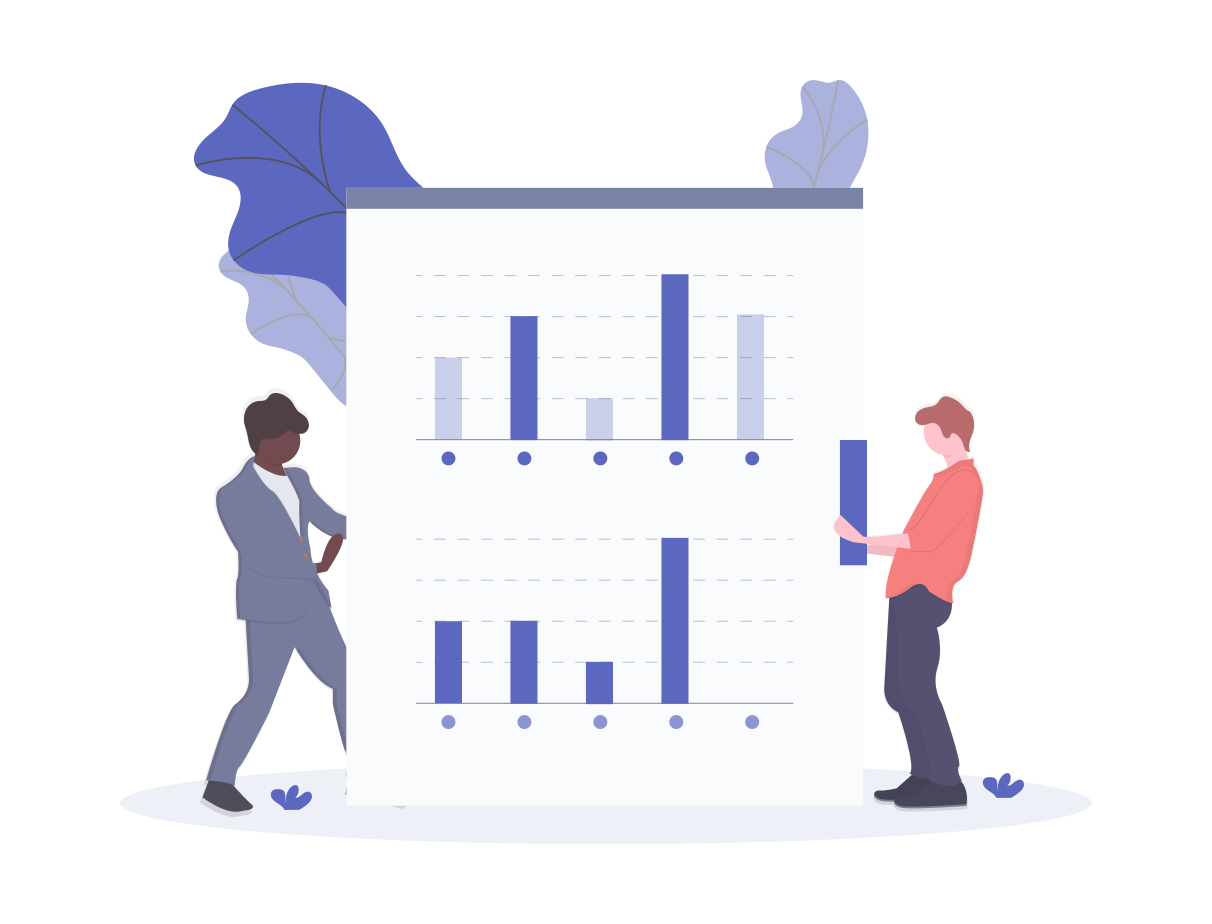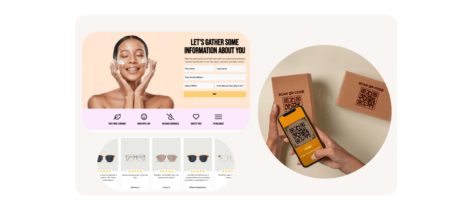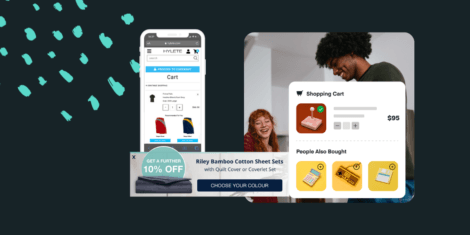Black Friday and Cyber Monday 2020–a weekend unlike any other in e-commerce history. According to Adobe analytics, online sales rose 4.4% this year reaching $29.65 billion over Cyber Weekend. Despite an uncertain economic climate, shipageddon, and widespread store closures–retailers were able to reach new heights this year.
But while many things have changed in 2020, “ the commitment by retailers to meet the consumer where, when, and how they shop at the prices they want to pay [hasn’t] changed.”
Let’s check out how Justuno merchants rose to the challenge this weekend and what onsite messaging they used to do it.*
Cyber Weekend: Which day came out on top
Starting the weekend off is Thanksgiving, which, in the past was not seen as a major shopping day but has exploded on the scene in recent years. With 20.6 million sessions** recorded by Justuno, it’s clear that turkey day has increasingly become a major shopping day as well. Big-box retailers closed their doors this year, prompting an explosion of e-commerce shopping to replace that–Thanksgiving revenue reached $97.7 million for our users and Justuno pop-ups influencing 10.4%. Our customers started the weekend off strong with a strong conversion rate of 12.8% with their promotions.
Black Friday was by all accounts a blockbuster, with $9.03 billion spent online, up 21.6% from 2019. For Justuno customers, average conversion rates skyrocketed to 17.23% which brought in over $22 million in engaged revenue out of $194.3 million on Friday. Black Friday was the hottest day for our customers throughout the weekend.
Small Business Saturday is another part of Cyber Weekend that has grown immensely. With 2020 putting both the spotlight and strain on small businesses from store closures and lockdowns, many consumers sought to “Shop Local” this year, investing their money back into the community. This trend of seeking out independent businesses to support meant that Small Business Saturday’s performance was the fourth-best of the weekend following Black Friday, Cyber Monday, and Giving Tuesday. Justuno customers raked in nearly $152 million this day, with 10.8% of that coming in through Justuno promotions. Our customers also sustained a high conversion rate of 16.11% which is even higher than the conversion rate of Cyber Monday.
Cyber Monday is one of the most well known days during Cyber Weekend where historically the most money has been spent. 2020’s Cyber Monday was the biggest online shopping day of all time in the US with a total of $10.8B spent, up 15.1% from 2019. For Justuno customers, however, this was the second biggest day of the weekend behind Black Friday coming in at $179.8M, with 10.4% of that from pop-ups with a 15.77% conversion rate.
Finally, rounding out the weekend is Giving Tuesday, a day that came more into the spotlight this year with consumers demanding transparency and action from retailers. With a 16.8% conversion rate driving 11% of Justuno customers overall take of $135 million–it’s clear that campaigns on this day resonated with shoppers.
Over Cyber Weekend** $900.5 million was earned by Justuno customers, with 11% of that driven by Justuno pop-ups, and representing 3.04% of all Cyber Weekend spend. Throughout the weekend our customers averaged a 15.45% conversion rate.
Throughout November, 2,047,168 engaged conversions*** occurred with Justuno clients throughout November, and 39% of them were over BFCM.
Pop-up performance: A breakdown of top-converting styles
The most commonly asked question when it comes to pop-ups and Cyber Weekend is: how much is too much? Specifically, how big and interruptive should my pop-ups be? Well, there’s no golden rule here but we do recommend avoiding lead capture and multi-step promotions during this time, to keep it simple using auto-applied coupons, and streamline pop-up placements. Now let’s check out what our customers actually did over the weekend with their pop-up placements and add-ons.
Placements, layers, and more
Center pop-ups are by far one of the most popular, they’re eye-catching but not overwhelming to the visitor. They were also the most popular pop-up run over Cyber Weekend leading to an average order value of $163 and an 18.4% conversion rate. However, in comparison to other placements center promotions were on the lower end performance-wise. This is likely due to the overwhelming number of lead captures run as center pop-ups which we tend to discourage since Cyber Weekend is all about the sale.
Banners are always on the starting roster for the holidays with their low-profile placement and mobile-friendly design. We encourage customers to use these for shipping info, deadlines, or other messaging that should be widespread like cookie or GDPR policies. They’re also high converters coming in this year with 23.45% and an average order value of $156.
This year’s surprises are the corner and side promotions coming in as the highest converters at 27.9% and 25.5% respectively. They’re also high-value pop-ups with corner messaging at $154 and side pop-ups take first place with the highest AOV of $195. This could be for a variety of reasons: retailers looking for other low profile pop-ups to display site-wide sale information or a shift in trying to appease mobile shoppers with a less interruptive experience.
But what about the bells and whistles? Check out the top five pop-up add-ons packing the biggest conversion punch over the weekend:
| AOV | Avg. Conversion Rate | Layer |
|---|---|---|
| $92.63 | 37.59% | Commerce AI |
| $163.13 | 26.04% | Timer |
| $97.09 | 18.66% | Spin-to-Win |
| $97.05 | 22.46% | Tap-to-Text |
| $113.71 | 31.39% | Ticker Text Effect |
The top take-aways from these are:
Timers are a great addition to drive urgency and ultimately had the highest impact on revenue out of the layers. This makes sense with BFCM being a limited-time event driven by a fear of missing out on the deals and limited inventory.
Our intelligent product recommendation engine, Commerce AI, was the leader in conversion impact with 38%. Personalized suggestions clearly moved the needle over such an otherwise intensely sale-focused weekend.
This year we introduced two new features, a tap to text layer and a text ticker.
The text ticker is an animated addition to pop-ups allowing continual messaging to scroll through a pop-up making the options for display endless. Clearly, animation struck a chord with shoppers driving a 31.2% conversion rate and $113.71 AOV.
Tap to text is a seamless two-click function designed to grow your SMS list. Pre-populated texts open upon click and all users have to do to subscribe is click send. While we tend to discourage lead capture during Cyber Weekend, the streamlined simplicity of this layer offsets any potential barriers to purchase. With an AOV of $97.05 and conversion rate of 22.5%–it was a strong winner for mobile shoppers.
Finally, the aged old question of a lead capture versus website messaging. Some apps recommend to never stop collecting leads while we advocate a different approach. Why focus on collecting leads during this time when you could focus on converting the visitor into a sale where you can get their email then? The numbers speak for themselves with lead capture pop-ups making around half of the $8.5 million revenue made from pop-ups without them.
By breaking down pop-ups into their components we can analyze how consumers interact with different layers to see what levers are most effective to pull. Conversion rate optimization is as much an art as it is a science, building the ultimate pop-up starts with finding the most effective blocks to build on.
The rise of automatic discounts
One of the things we continually tell our customers is to make the customer journey easier, that is: remove any extra effort on the part of a shopper that could become a barrier to purchase. One of the biggest challenges? Coupon codes. Specifically, taking the time to apply the coupon, collect the code, etc.
We anticipated a rise in the use of automatic discounts where retailers automatically applied any promotions to a customer’s cart once they added a qualifying item. Then using website messaging to advertise the sale and encourage customers to explore different areas of the site. Sure enough, it was one of the top requests for our Conversion Strategists from clients.
We analyzed the use of coupon codes in pop-ups in 2019 vs. 2020 to determine if there was a significant decrease in coupon code usage compared to automatic discounts.
- Cyber Week (Thanksgiving to the following Friday): 31.85% decrease in promotions with coupon codes
- Cyber Weekend (Thanksgiving to Giving Tuesday): 35.6% decrease in promotions with coupon codes
Overall from the beginning of November through the end of Cyber Week, there was an average decrease of 26.44% in coupon codes throughout the holiday season from 2019 to 2020.
This decrease goes to show that retailers recognized the auto-application of discounts was a more efficient approach to conversion. While using website messaging to inform customers of their offer, they took away the burden of them having to claim it for themselves.
Conclusion
It’s hard to imagine that in a year of lockdowns and economic uncertainty we’d break sales records. But that’s exactly what retailers did–this year has been a doozy and the lessons we learn will only serve to make 2021 even more explosive. This weekend offered a glimpse of where e-commerce is headed and the future is bright.
This analysis was conducted with data collected from 7/1/2019-12/4/2019 and 7/1/2020-12/5/2020, in aggregate comprised of 633,900+ sessions from our customers websites.
*Sessions are defined by Justuno as a group of user interactions with your website that take place within a given time frame. For example a single session can contain multiple page views, events, social interactions, and ecommerce transactions. A session is over once there has been no activity related to that session for more than 30 minutes. Any activity after this time would result in a new session being created.
**(Thanksgiving 11/26 to Giving Tuesday 12/1)
*** An engagement as defined by Justuno is: Email Submission, social action (a follow, a share, etc), click engagement (a CTA, coupon code, link, or video click), or view engagement (when a promotion remains open on a page for longer than 7 seconds.



